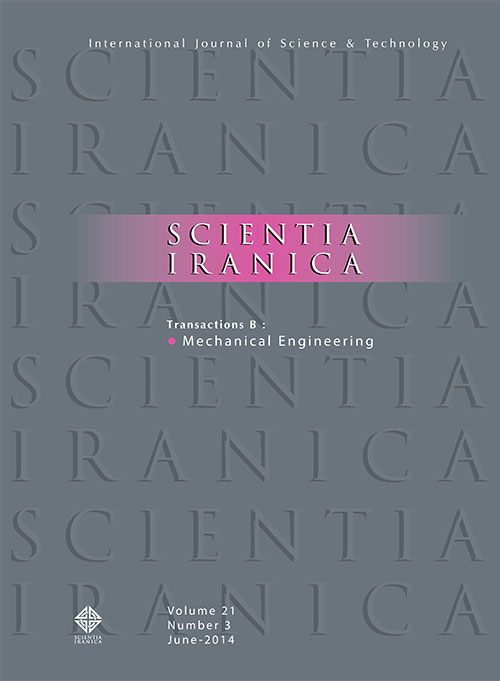A simplified approach to calculate the earth fault current division factor passing through the substation grounding system
Author(s):
Article Type:
Research/Original Article (دارای رتبه معتبر)
Abstract:
The main aim of designing a safe grounding system is to provide a low impedance path to the flow of the earth fault currents without exceeding the operational constraints and equipment limits that will ensure electrical continuity. One of the most significant and well-known parameters to design a safe grounding system in power systems is the exact determination of the maximum earth fault current division factor. This paper presents a simplified and accurate method to calculate the earth fault current division factor in different states of the earth fault occurrence within and the vicinity of the substation under study. In the proposed method, a hybrid overhead-cable line, the impact of the frozen soil, mutual coupling between phase conductors and guard wires, grounding system resistance of adjacent substations, different tower footing resistances, the impact of the phase conductor impedance, and different spans in transmission lines can be considered. In addition, a closed-form formulation is also developed for the occurrence of the earth fault on the transmission line. Finally, details of the analysis results of this study have been compared with other methods in the literature. The validity and accuracy of the proposed approach also have been assayed and confirmed in details.
Keywords:
Language:
English
Published:
Scientia Iranica, Volume:31 Issue: 17, Sep-Oct 2024
Pages:
1479 to 1489
https://www.magiran.com/p2789815
سامانه نویسندگان
مقالات دیگری از این نویسنده (گان)
-
A New Procedure Based on Continuous RTU Measurement to Estimate Multi-port Thevenin Equivalent Circuit Parameters of an External Power System
*, Mohsen Shahnazdoost Kilvaei
Iranian Journal of Electrical and Electronic Engineering, Mar 2025 -
Diagnosis of the Active Duration of the Secondary Arc Caused by a Single-phased Fault in order to Reclose the Transmission Lines Using the Hybrid Method
Arsalan Rajabi, Nabiolllah Ramezani *, Iraj Ahmadi
Journal of Energy Engineering & Management,



